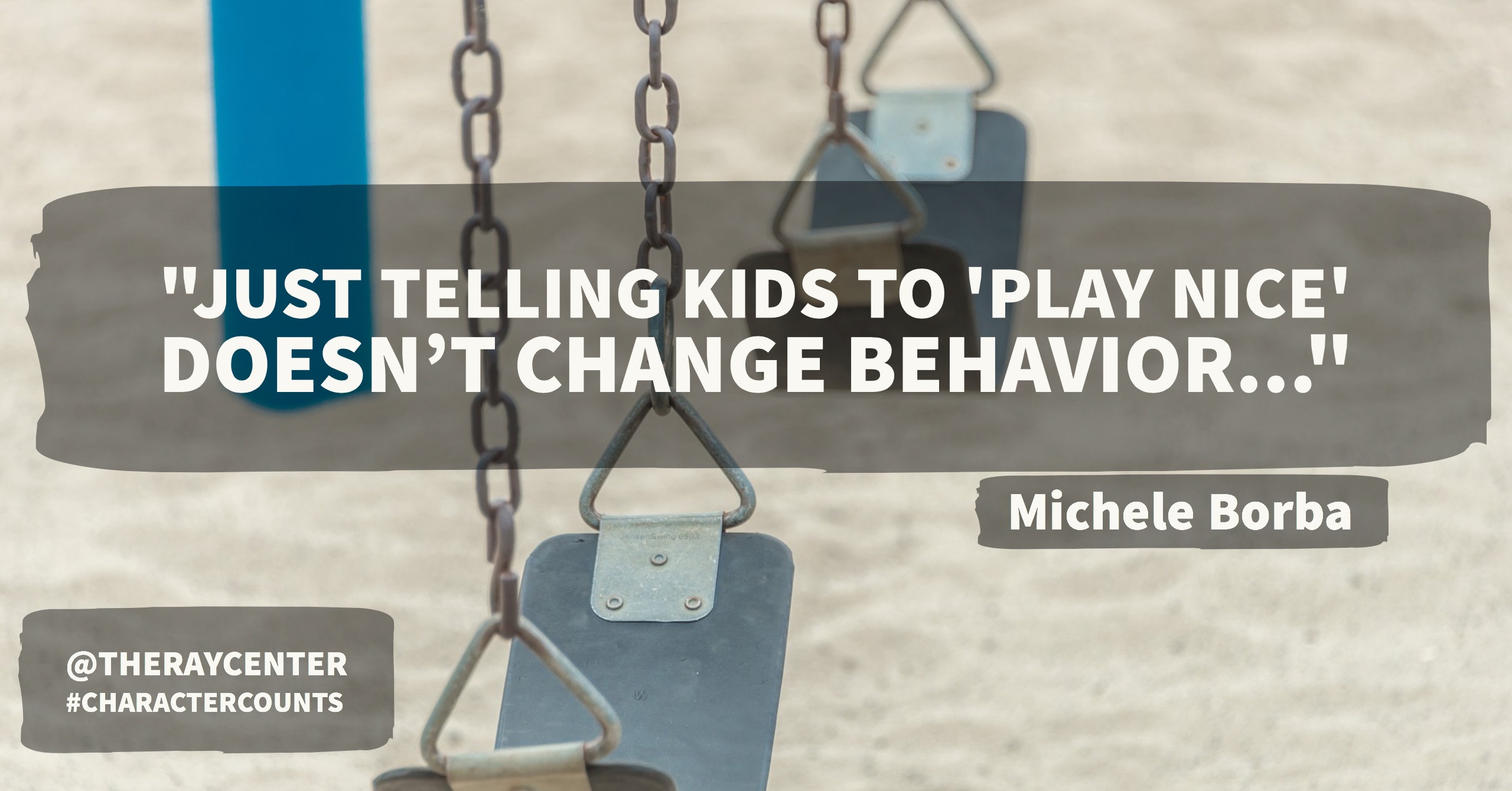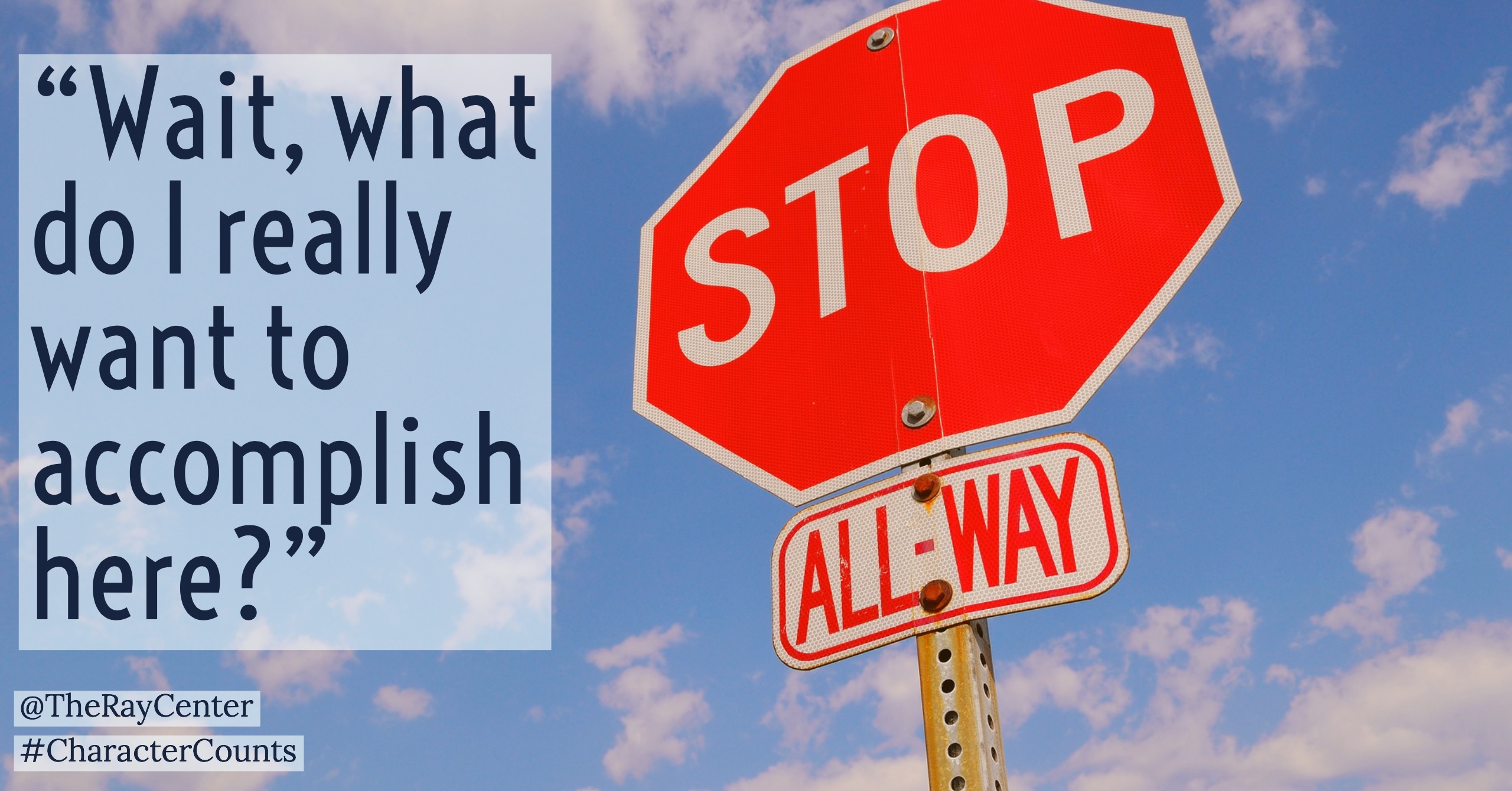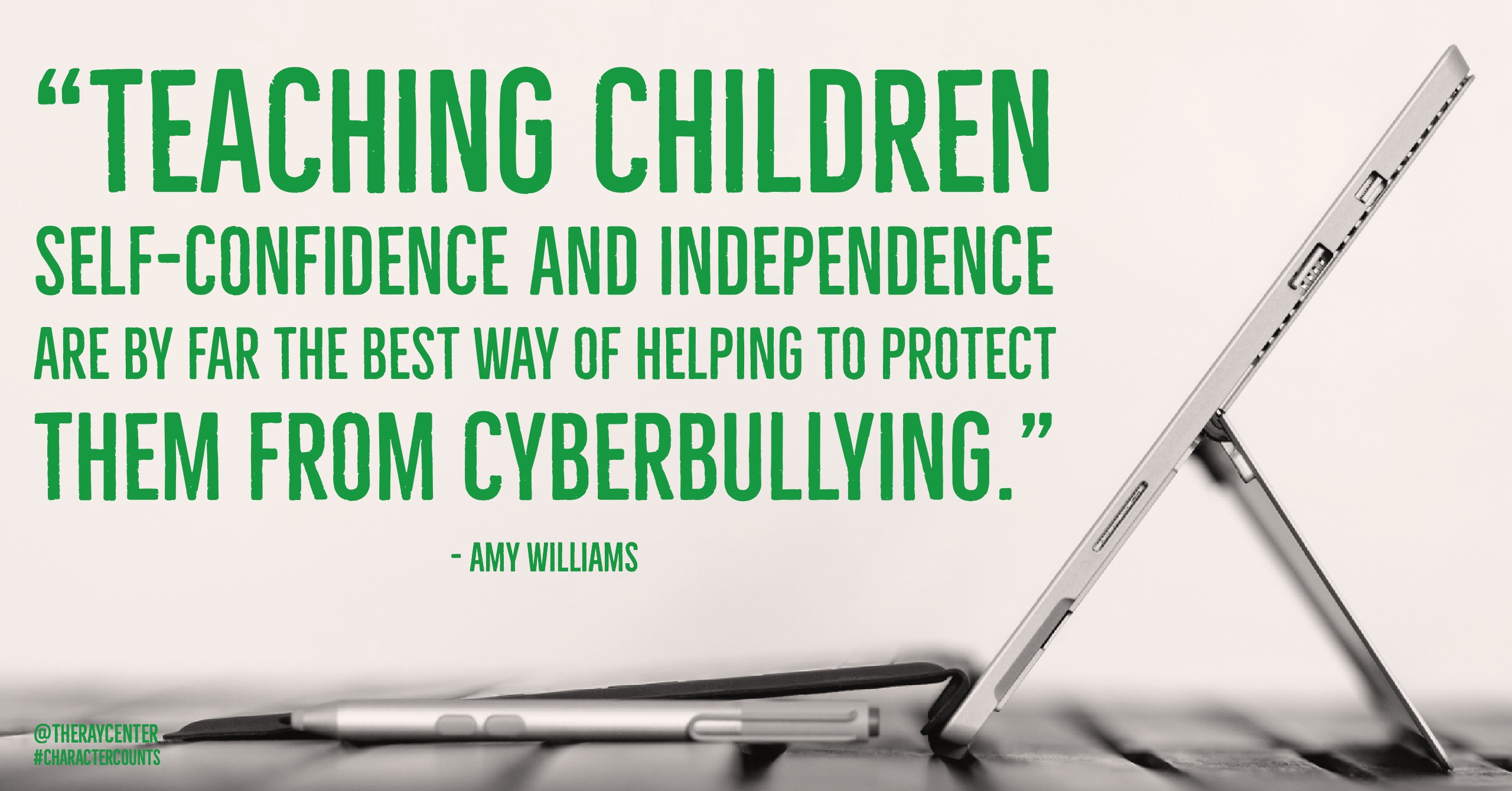
From our guest contributor Michele Borba.
All parents want their kids to “play nice” by sharing, taking turns, and cooperating with their friends. After all, it means their child is learning how to socialize and get along. Learning to share is also signifies a big moment in moral development and social growth. Once a child can take turns and share it means he’s transitioned from the “egocentric” stage (in which the world basically revolves around him and his needs). He can consider the needs and feelings of others which is so essential to making and keeping friends.
Learning to share, take turns, and cooperate doesn’t always happen by chance: some kids need a lot more reminders. But just telling kids to “play nice” doesn’t change behavior: you need to show them how to share and help them understand why it is important that they do so.
Sharing is one of the first social skills kids learn, so it’s also one of the most important. Without the ability to share and take turns, your child’s friendship quotient will be greatly jeopardized. After all, who wants to be with a kid who hoards the video games? And when will they learn those skills if not now: college, the work place, relationships and marriage will be too late.
Here are strategies you can use to start boosting this essential friendship and character building skill with your child right now. Choose just one strategy at a time and keep using it until your child “gets it.” Children learn through repetition, so keep up “fun” practice sessions. Varying the examples helps children “transfer” the skill to real life (which means he can do the skill without your guidance or prodding. Have him teach the puppy, show Grandma how to share, create a video to show Daddy…just fine fun opportunities to weave sharing into your day to day life.
1. Teach by example
The best way kids learn isn’t by our lectures but showing them. So let your child see you sharing and taking turns so they have a model to copy. Make a point of offering them the biggest portion of desert, offer to share your favorite slippers or funny hat your kid loves to put on, take an evening to share your time with kids, the most precious commodity you may have as far as they are concerned.
2. Show how to share
Instead of telling your kids to share, show them how to take turns. Get on the floor with your little one – and gently roll a rubber ball back and forth between you. As you do, say “My turn, now it’s your turn. Roll it back to Mommy.”
Your child will begin to get the idea that sharing means taking turns. For older kids, dust off those old game boards such as Monopoly, Clue, Chutes and Ladders, Checkers then graduate to playing catch, Frisbee, videogames, and ultimately work projects in the home, yard, or community.
You can also teach kids those wonderful, “oldie but golden” strategies that encourage sharing like choosing straws, tossing a coin, singing “eenie, meenie, minie moe,” or doing Rock, Paper, Scissors. If your kid is the one who does share but always gets short-changed by a pushy “friend” those tips do come in handy!
3. Expect your child to share
Tell your child that you expect him to share. Right before a friend arrives is the best time to remind him: “Karen will be here shortly so let’s set out the toys you’d like to share and think she would enjoy.” “Remember, sharing is not an option. I expect you to share.” “Sam’s coming soon so remember our rule about being considerate of your friends.”
4. Stress the value of sharing
Pointing out the impact sharing has on the other child boosts the likelihood that your child will repeat the behavior. “Did you see Kali’s smile when you shared your toys? You made her happy.” “Joshua really enjoyed coming over because you were such a nice host and shared the equipment.”
5. Share only what belongs to you
It’s also a good idea to emphasize that you may share only items that belong to you; otherwise, permission must be granted from the owner. “That belongs to my brother, so it’s not something I can share.” “That’s my dad’s. We have to ask him before we can use it.”
6. Rehearse the right way
“Instead of grabbing the toy, tell your brother that you’d like a turn. Now you try.” “Pretend I’m you’re friend. Ask me what I’d like to do.” “Let’s try that again so you give your friend a chance to play with the bubble blower.”
7. Use role reversal
When your child doesn’t share, ask her to put herself in the other child’s place. “Put yourself in your friend’s shoes. What do you think he’d like to say to you about the time he spent watching you on the computer all afternoon?” Doing so is one way to help your child shift from thinking about herself and ponder how her friends feel.
8. Put away valuable equipment
Telling your child to put away any toys he does not want to share before his guest arrives actually promotes sharing, especially in five- to nine-year-olds. After all, there are certain possessions that are very special to your child, so putting those items away before a guest arrives minimizes potential friend conflicts. Then say: “Anything you leave out and things you have to share.”
9. Rotate family roles
One way to help kids understand the value of sharing is to find opportunities to rotate different family roles and privileges so each family member gets a turn. Possibilities might be rotating chores, choosing the nightly television show, movie, video rental, family outing, dessert, or even sitting in the coveted “hot seat” (front passenger seat of the car).
10. Set a consequence
Despite all your efforts, your kid still continues to hoard and refuses to share, it’s time to set a natural consequence. Some teachers set one classroom rule, and it works wonders: “If you don’t share, you don’t play.” The rule can work for any age. Another idea is if your child refuses to share an item, the toy is given a “time-out” for a specified time. When “time out” is up, the denied friend gets first option on the toy. For older kids try a great teacher rule: “If you don’t share, the other person takes two turns in a row.”
Remember, simple changes can reap big results. So don’t give up until you see the positive changes in your child. It may take awhile, so continue to acknowledge “sharing and cooperative behaviors.” Then congratulate yourself for your efforts and recognize that they paid off–especially that wonderful moment when your child reminds you, “In this family we share!” YES!
Learn more about character education.




